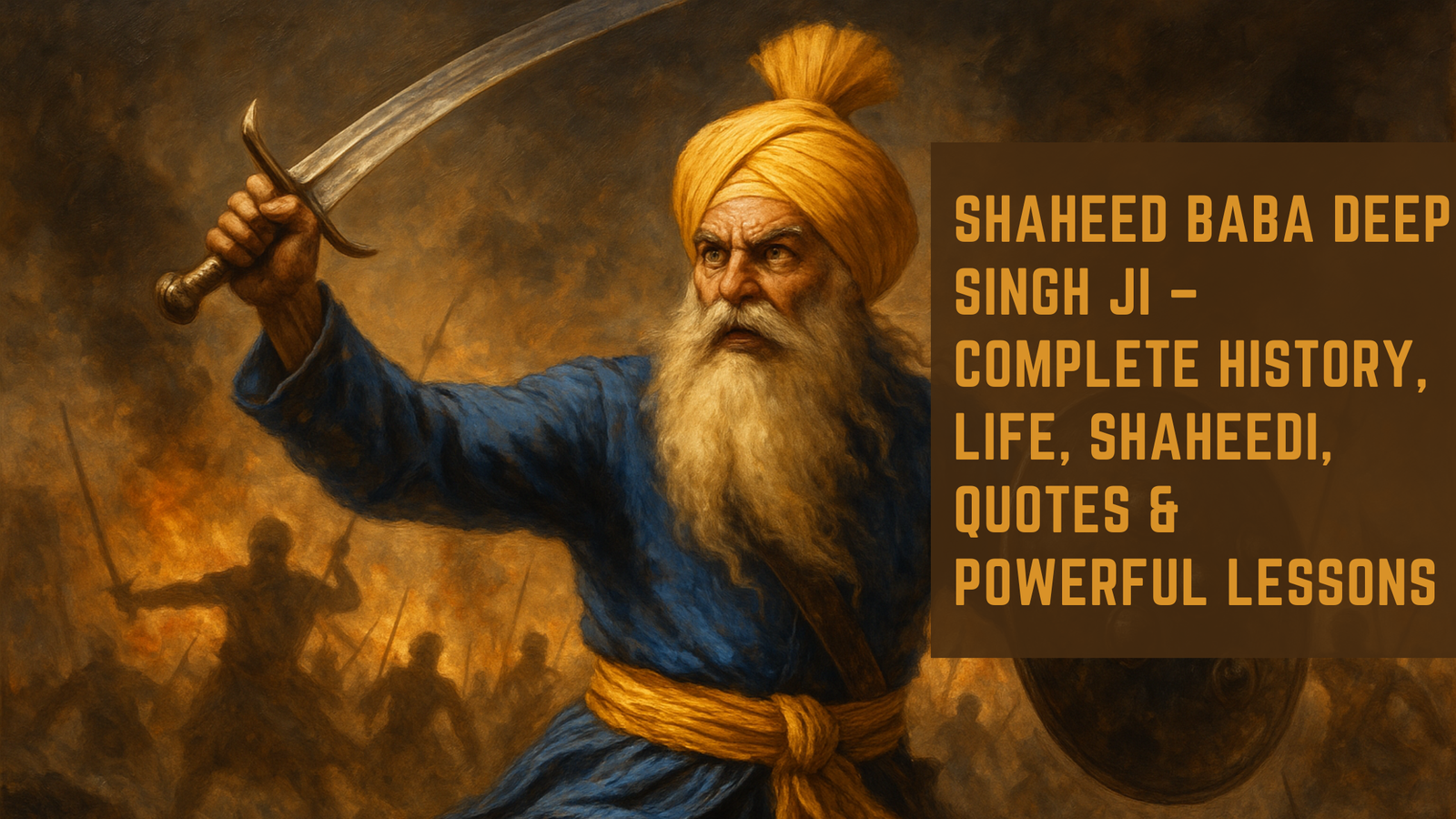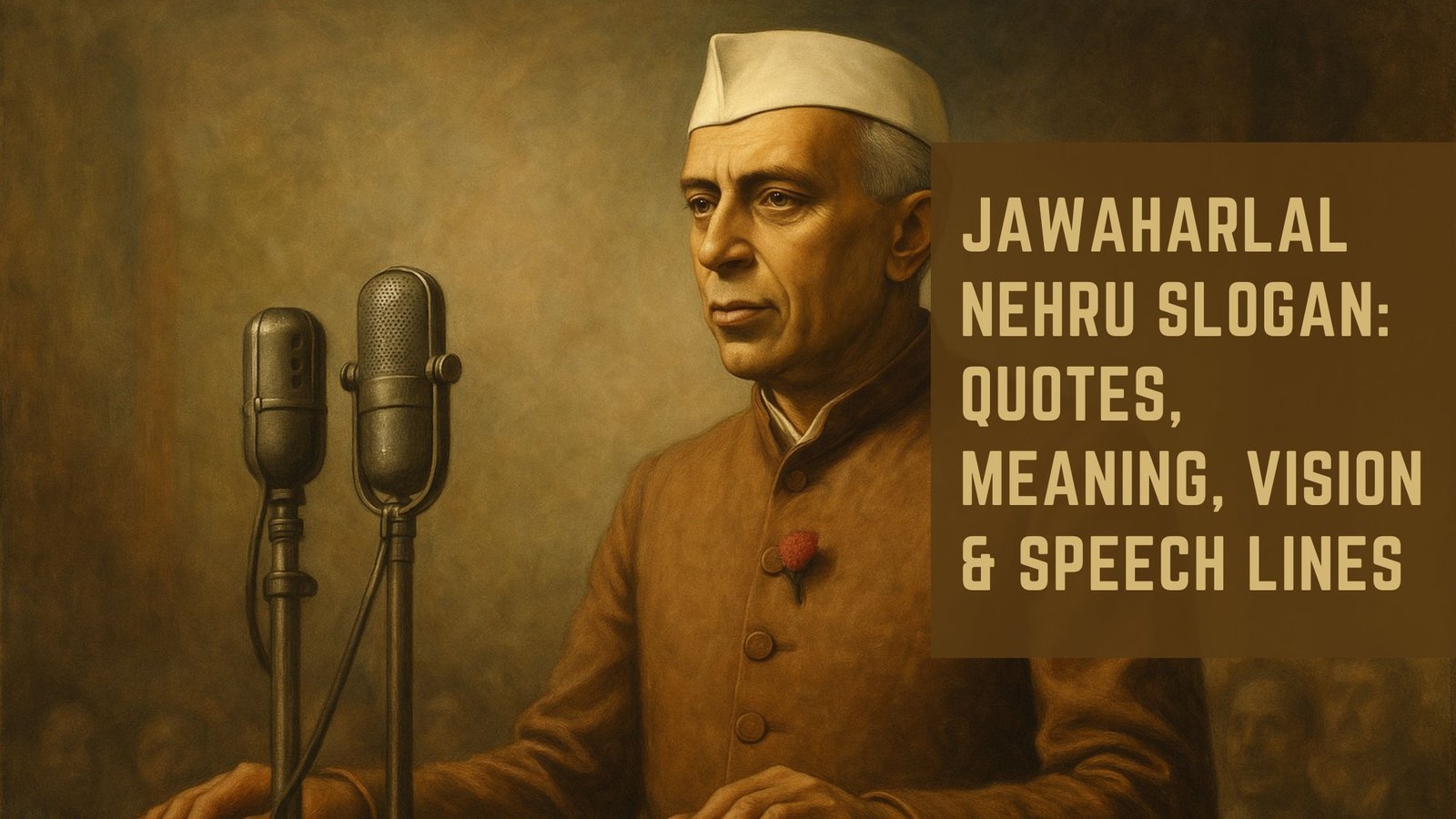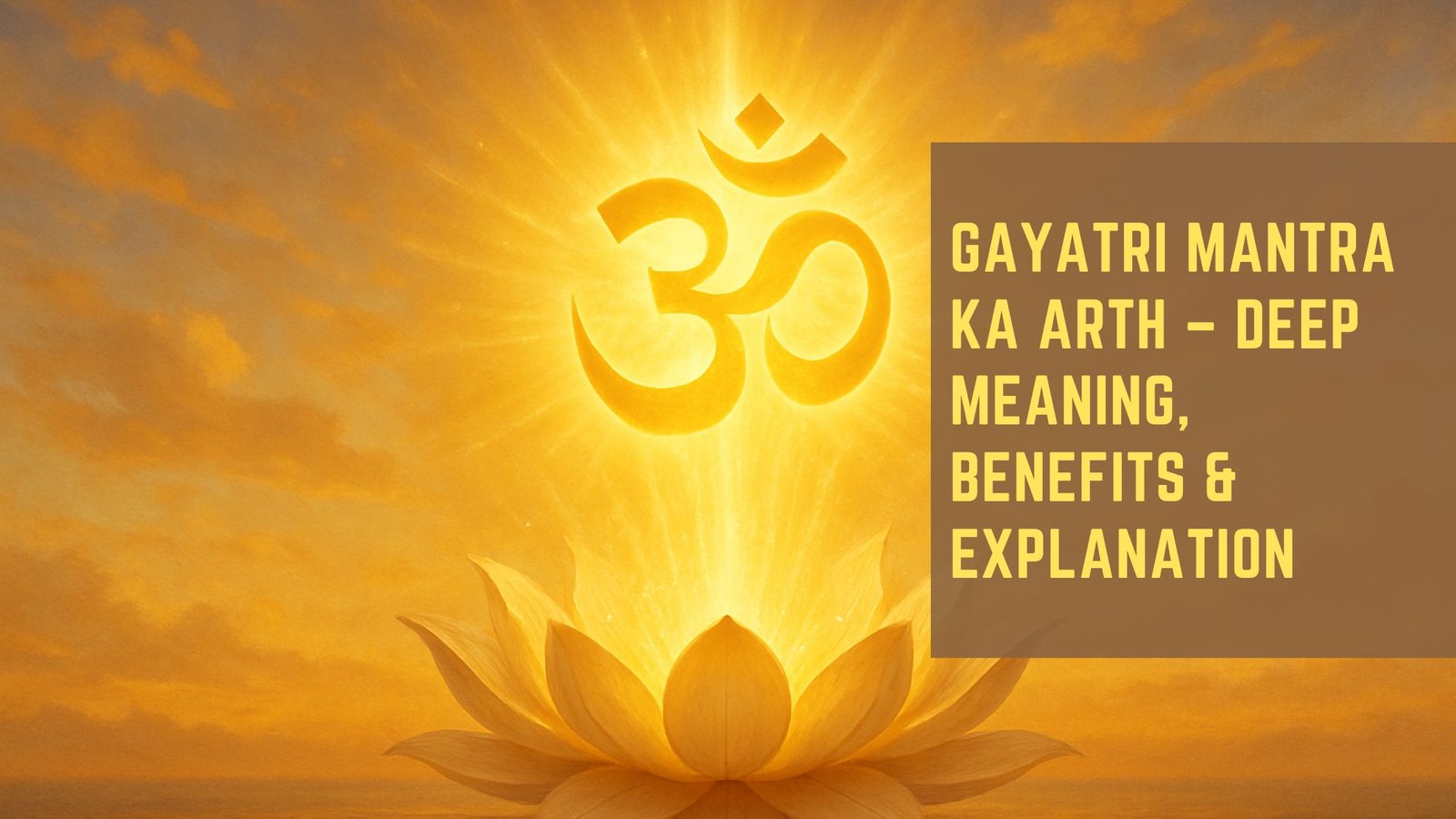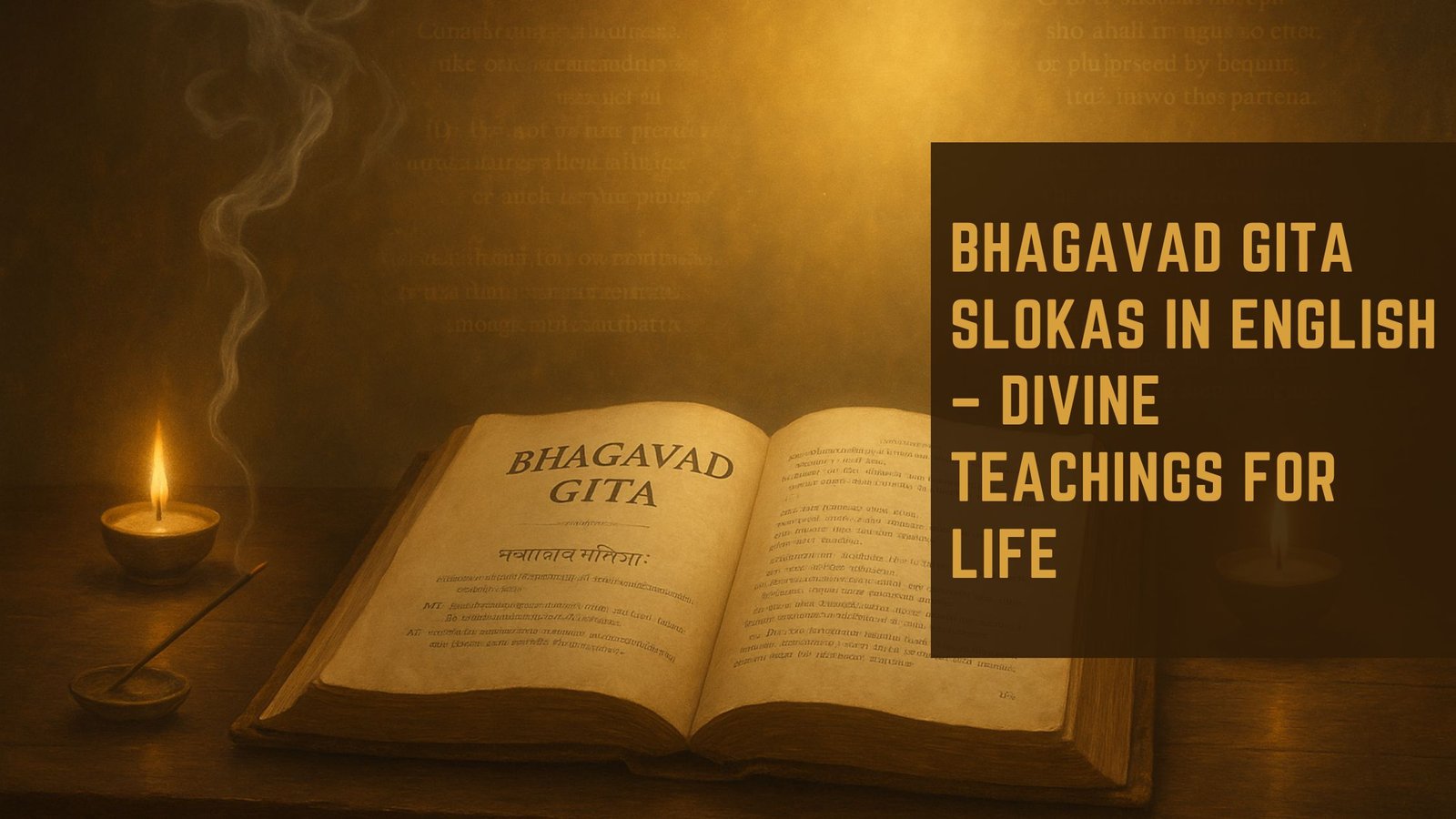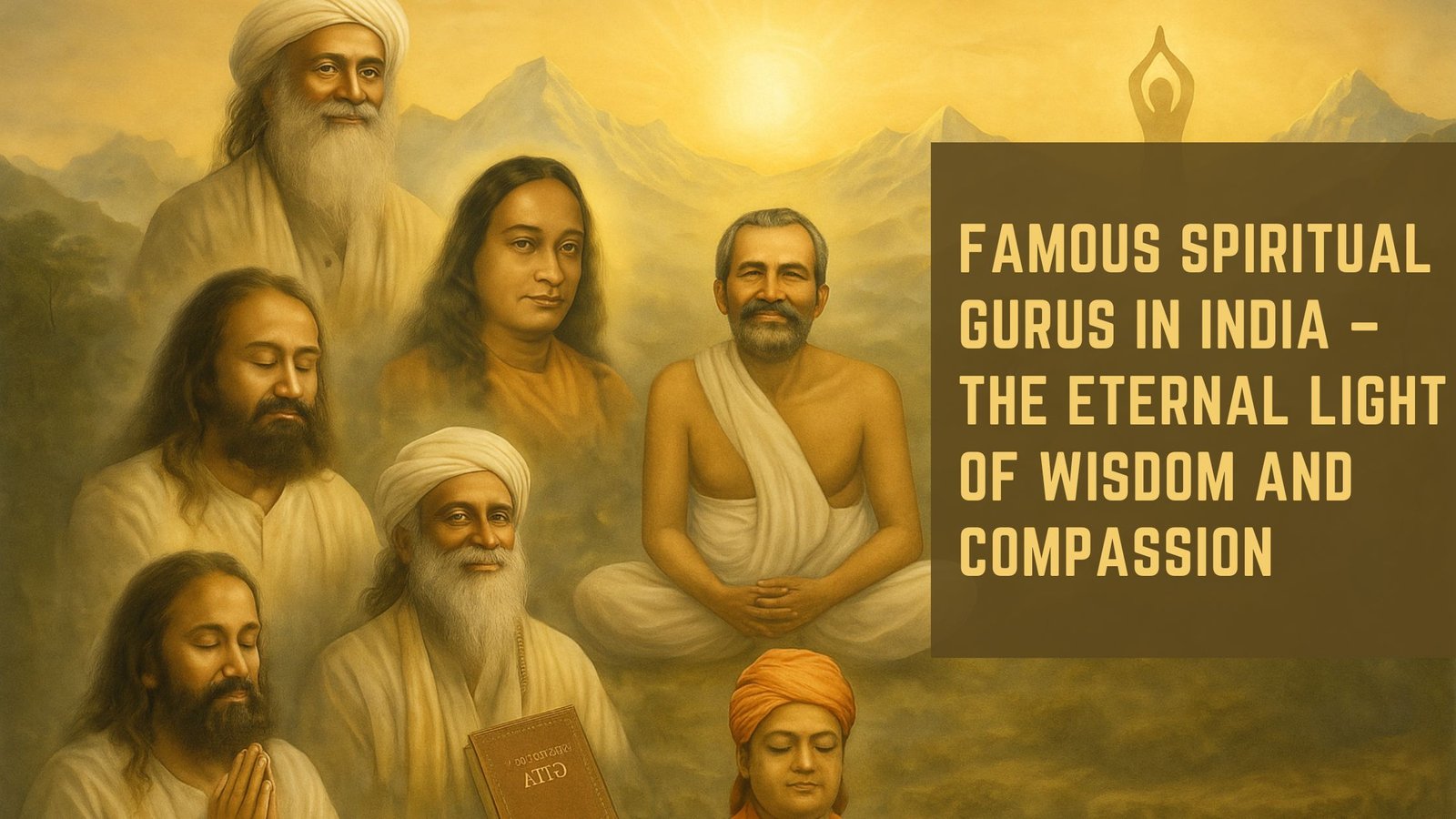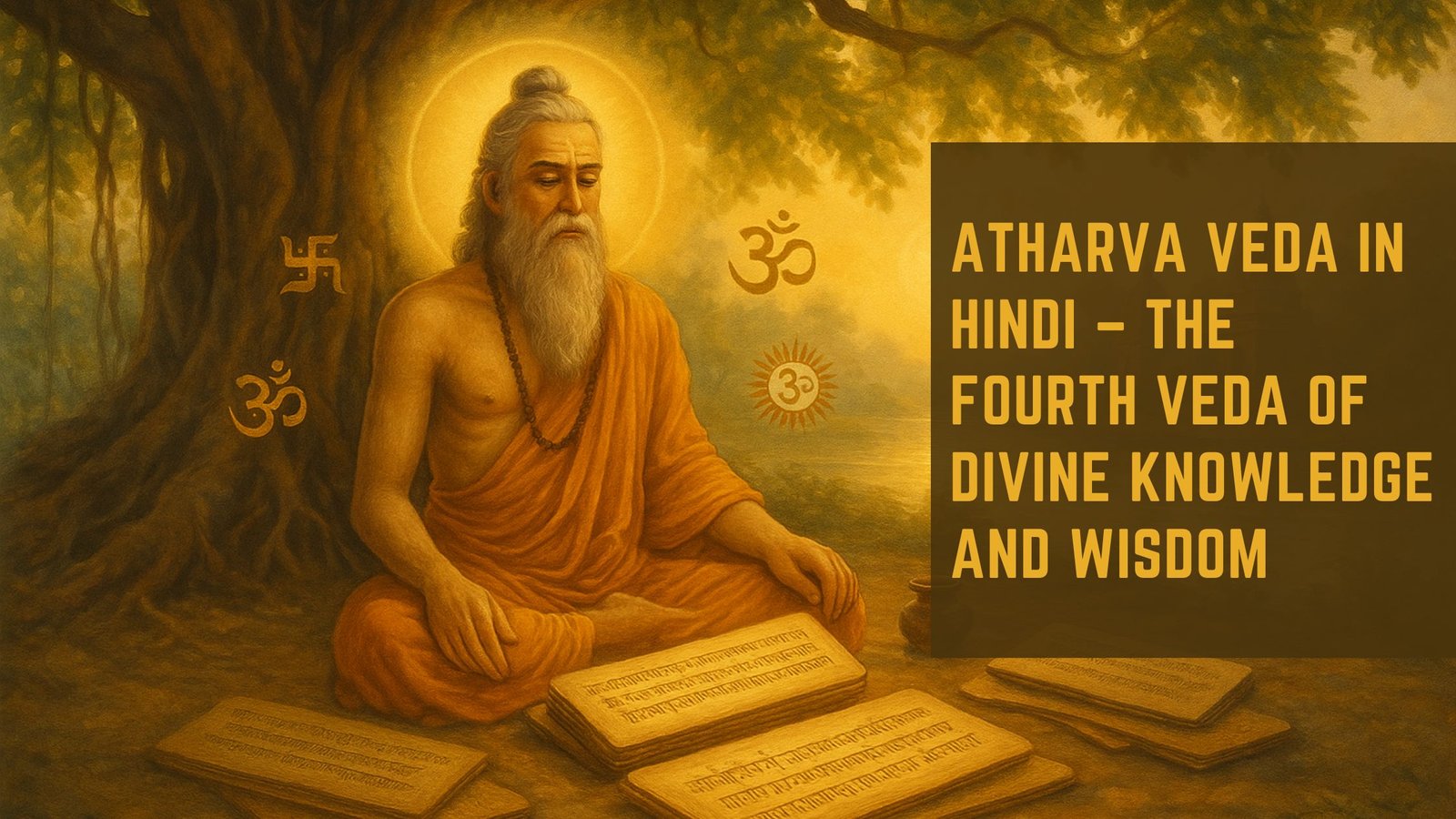Vedanta, one of the six orthodox schools of Hindu philosophy, is rooted in the ancient texts known as the Upanishads. It emphasizes the ultimate reality, Brahman, and the relationship between the individual soul, or Atman, and this universal consciousness. The Bhagavad Gita, a 700-verse dialogue between Prince Arjuna and Lord Krishna, serves as a cornerstone of Vedantic thought.
This sacred text not only addresses the moral dilemmas faced by Arjuna on the battlefield of Kurukshetra but also encapsulates profound philosophical insights that resonate with seekers of truth across generations. The Gita’s teachings extend beyond the historical context of war and duty; they delve into the essence of existence, ethics, and spirituality. By presenting a synthesis of various paths—knowledge (Jnana), action (Karma), and devotion (Bhakti)—the Bhagavad Gita offers a comprehensive framework for understanding life’s complexities.
As such, it has become a timeless guide for individuals striving to navigate their own moral and spiritual journeys in an ever-changing world.
Key Takeaways
- Vedanta is a philosophical system based on the teachings of the Upanishads and the Bhagavad Gita, focusing on the ultimate reality and the nature of the self.
- Dharma in the Bhagavad Gita refers to one’s duty and righteousness, emphasizing the importance of fulfilling one’s responsibilities without attachment to the results.
- Karma, the law of cause and effect, is a central concept in Vedanta, emphasizing the significance of actions and their consequences in shaping one’s life.
- Self-realization and the Atman, the true self, are essential in Vedanta philosophy, emphasizing the importance of understanding one’s true nature beyond the physical body and mind.
- Meditation and yoga play a crucial role in achieving spiritual enlightenment in Vedanta, helping individuals to quiet the mind and connect with their inner self.
Understanding the concept of Dharma in the Bhagavad Gita
Dharma, often translated as duty or righteousness, is a central theme in the Bhagavad Gita. It represents the moral and ethical obligations that individuals must fulfill in accordance with their roles in society. For Arjuna, the warrior prince, his dharma is to fight in battle, yet he grapples with the moral implications of engaging in a conflict that pits him against his own kin.
This internal struggle highlights the complexity of dharma; it is not merely a set of rules but a dynamic principle that requires discernment and wisdom. The Gita teaches that adhering to one’s dharma is essential for maintaining cosmic order (Rta) and personal integrity. Krishna advises Arjuna to rise above his doubts and act according to his nature as a warrior.
This guidance underscores the importance of self-awareness and understanding one’s place in the larger tapestry of life. By fulfilling one’s dharma, individuals contribute to the greater good while also cultivating their own spiritual growth. Thus, the concept of dharma serves as a guiding light for ethical decision-making in both personal and societal contexts.
Exploring the concept of Karma and its significance in Vedanta

Karma, a fundamental principle in Vedanta, refers to the law of cause and effect governing human actions. Every action, whether physical or mental, generates consequences that shape an individual’s future experiences. The Bhagavad Gita emphasizes that one should perform their duties without attachment to the results, advocating for selfless action as a means to transcend the cycle of birth and rebirth (samsara).
This perspective encourages individuals to focus on their intentions and efforts rather than being preoccupied with outcomes. The significance of karma extends beyond mere actions; it encompasses thoughts, emotions, and desires as well. The Gita teaches that cultivating positive karma through righteous actions leads to spiritual advancement and liberation (moksha). Conversely, negative karma can bind individuals to the cycle of suffering and ignorance.
By understanding karma’s implications, practitioners are empowered to make conscious choices that align with their higher selves, ultimately fostering a sense of responsibility for their actions and their impact on others.
The importance of self-realization and the Atman in Vedanta philosophy
| Aspect | Description |
|---|---|
| Self-realization | The process of understanding one’s true nature and achieving a deep sense of self-awareness. |
| Atman | In Vedanta philosophy, Atman refers to the true self or soul, which is considered eternal and unchanging. |
| Importance | Self-realization and the understanding of Atman are crucial in Vedanta philosophy as they lead to liberation (moksha) from the cycle of birth and death (samsara). |
| Goal | The ultimate goal of Vedanta philosophy is to realize the true nature of the self (Atman) and attain self-realization, leading to spiritual enlightenment and liberation. |
At the heart of Vedanta lies the concept of self-realization—the understanding that one’s true essence is the Atman, or individual soul, which is fundamentally one with Brahman, the universal consciousness. The Bhagavad Gita elucidates this relationship by illustrating that while individuals may identify with their physical bodies and minds, their true nature transcends these temporary forms. Self-realization involves recognizing this eternal aspect of oneself and realizing that liberation comes from understanding one’s unity with all existence.
The journey toward self-realization is often fraught with challenges, as individuals grapple with ego, ignorance, and attachment. The Gita encourages seekers to engage in practices that foster self-awareness and introspection. By transcending the limitations of the ego and recognizing the interconnectedness of all beings, individuals can experience profound peace and fulfillment.
This realization not only transforms one’s perception of self but also cultivates compassion and empathy toward others, reinforcing the idea that all life is sacred.
The role of meditation and yoga in achieving spiritual enlightenment in Vedanta
Meditation and yoga are integral practices within Vedanta that facilitate spiritual growth and enlightenment. The Bhagavad Gita advocates for disciplined practice as a means to quiet the mind and connect with one’s inner self. Through meditation, individuals can cultivate mindfulness and develop a deeper understanding of their thoughts and emotions.
This process allows them to detach from external distractions and delve into the essence of their being. Yoga, in its various forms—be it Hatha, Bhakti, or Jnana—serves as a holistic approach to harmonizing body, mind, and spirit. The Gita emphasizes that true yoga is not merely physical postures but a state of union with the divine.
By integrating meditation and yoga into daily life, practitioners can experience heightened awareness and clarity, ultimately leading them toward spiritual enlightenment. These practices empower individuals to navigate life’s challenges with grace while fostering a profound connection to their true selves.
Understanding the concept of Maya and its impact on human perception in Vedanta

Maya, often translated as illusion or ignorance, plays a crucial role in Vedantic philosophy by explaining how individuals perceive reality. According to the Gita, Maya obscures one’s understanding of their true nature and creates a false sense of separation from Brahman. This illusion manifests through attachment to material possessions, desires, and identities that distract individuals from recognizing their inherent divinity.
The teachings of the Bhagavad Gita encourage seekers to pierce through this veil of Maya by cultivating discernment (Viveka) and wisdom (Jnana). By understanding that the material world is transient and ever-changing, individuals can begin to detach from superficial concerns and focus on their spiritual journey. The realization that Maya is not an absolute reality but rather a temporary state allows practitioners to embrace life with greater equanimity while striving for liberation from its confines.
Exploring the concept of Bhakti and the path of devotion in the Bhagavad Gita
Bhakti, or devotion, is one of the most accessible paths outlined in the Bhagavad Gita for attaining spiritual realization. It emphasizes surrendering oneself to God with love and faith, transcending intellectual understanding or ritualistic practices. Through devotion, individuals cultivate a personal relationship with the divine, allowing them to experience profound joy and connection.
The Gita illustrates how Bhakti can lead to liberation by fostering an unwavering trust in God’s grace. The path of Bhakti encourages practitioners to express their love for God through various forms—chanting hymns, performing rituals, or engaging in selfless service (seva). This devotion not only nurtures spiritual growth but also fosters community among practitioners who share similar aspirations.
By surrendering their ego-driven desires to a higher power, devotees can experience transformative love that transcends worldly attachments. Ultimately, Bhakti serves as a powerful reminder that love is at the core of spiritual practice.
Applying the teachings of Vedanta in modern life
The teachings of Vedanta offer timeless wisdom that can be applied to contemporary life challenges. In an age marked by rapid change and uncertainty, principles such as dharma, karma, self-realization, meditation, Maya, and Bhakti provide valuable guidance for navigating personal dilemmas and societal issues. By embracing these teachings, individuals can cultivate resilience, compassion, and clarity amidst life’s complexities.
Incorporating Vedantic principles into daily routines—whether through meditation practices or ethical decision-making—can lead to profound personal transformation. As individuals strive for self-awareness and connection with others, they contribute positively to their communities while fostering inner peace. Ultimately, Vedanta serves as a beacon of hope for those seeking meaning in an increasingly chaotic world, reminding them that true fulfillment lies within their own hearts and minds.
If you are interested in delving deeper into the teachings of the Bhagavad Gita and exploring the essence of Vedanta, you may want to check out the article “Exploring the Wisdom of the Gita: Essays on Spiritual Enlightenment”. This article offers insightful essays on spiritual enlightenment inspired by the wisdom of the Bhagavad Gita, providing a deeper understanding of the teachings of Vedanta.
FAQs
What is the Bhagavad Gita?
The Bhagavad Gita is a 700-verse Hindu scripture that is part of the Indian epic Mahabharata. It is a sacred text of the Hindu religion and is considered one of the most important spiritual classics in the world.
What is Vedanta?
Vedanta is a school of Hindu philosophy that is based on the teachings of the Upanishads, which are ancient Sanskrit texts that form the basis of Hindu spirituality. Vedanta focuses on the ultimate nature of reality and the self, and it is one of the six orthodox schools of Hindu philosophy.
How is the Bhagavad Gita related to Vedanta?
The Bhagavad Gita is often considered the essence of Vedanta because it presents the core teachings of Vedanta philosophy in the form of a dialogue between the prince Arjuna and the god Krishna. The Gita addresses important concepts such as dharma (duty), yoga (spiritual practice), and the nature of the self, all of which are central to Vedanta philosophy.
What are some key teachings of the Bhagavad Gita in relation to Vedanta?
Some key teachings of the Bhagavad Gita in relation to Vedanta include the idea of self-realization, the importance of performing one’s duty without attachment to the results, and the concept of the eternal soul (atman) being distinct from the physical body. These teachings are central to Vedanta philosophy and are expounded upon in the Gita.

